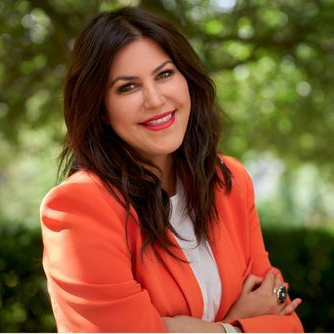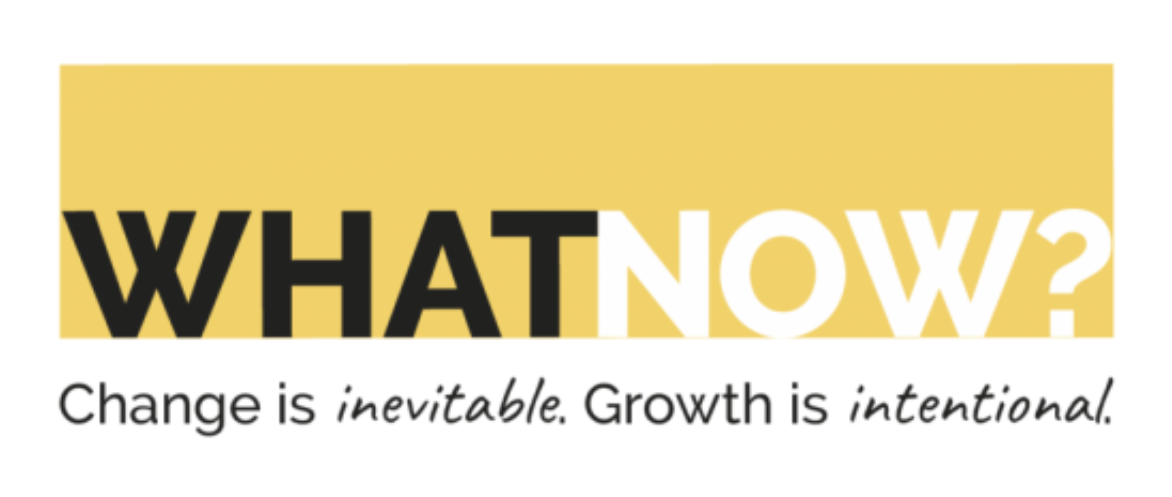AS we emerge from the first wave of the Covid-19 pandemic, dazed by the levels of destruction the virus has wreaked on our health, wellbeing and working practices, the question on many lips is ‘What now?’
A second wave seems inevitable, if it isn’t here already and, having faced the most momentous upheaval in society since the Second World War, we can only wonder at what might be in store for us in the coming months.
The changes to our workplaces brought about by Covid-19 are unprecedented. Many commentators say businesses and employees have, in the space of a few weeks, been catapulted five, ten, even twenty years into the future. With varying degrees of success we have adapted to homeworking, and running our organisations remotely. The daily commute, the lunch hour, the sleepy mid-afternoon team meeting and the trudge homewards all seem relics of a bygone era. Yet less than a year ago this was the norm for millions of us.
”Almost 40 per cent of the UK workforce continues to work remotely and among IT and professional workers, this is as high as 75 per cent.”
It seems that fewer of us are creeping back to those commutes than expected. According to a recent survey by the Office for National Statistics, almost 40 per cent of the UK workforce continues to work remotely and among IT and professional workers, this is as high as 75 per cent. Despite Government pleas to get back on the office-bound bus, few are heeding the call.
‘COVID-Positives’
Why? Many cite continuing fears over Covid, which is a valid enough reason. Others, however, point to the fact that we have adapted astonishingly quickly to the new norm and, having done so, are reluctant (to say the least) to return to the past. Many firms, particularly those in the tech sector and the City, are embracing the dynamism of rapid change and reporting what we might term ‘Covid-positives’ – less complicated operating models, greater flexibility, the hiring of new talent and staff more than happy to be working remotely.
However, this isn’t necessarily the whole story.
At first, there was a novelty in being allowed to evacuate the office and work from home indefinitely. Now, though, the novelty has definitely worn off and employees working remotely are reporting the relentlessness and sameness of their new working situation affecting their mental health. Even so, they may also be reluctant to return to work full-time, tacitly acknowledging that the world of the workplace has changed, probably for ever.
The economy is suffering badly, yes, and we may well have more Covid-related shocks to come. But as they say, ‘a rising tide floats your boat’ and this autumn appears to have a distinct sense of change in the air; that of a future in which we can all benefit from a more flexible approach to working practices. The trick is how to maintain this positivity around a more decentralised working environment.
Work-Life Brilliance in a Human Enviornment
At PUSH, our core values revolve around effective communication and what we describe as ‘work-life brilliance’ in a human environment. Today, we see an unprecedented opportunity to put these values into practice across many sectors, creating happier, healthier and more productive businesses and individuals. At the heart of such dynamic change is resilience – the process of reacting well to fast-changing circumstances. We believe that resilience needs to be innate; a holistic, intuitive reaction to every new situation. As we say, resilience is a muscle, not a plan.
Below are some thinking points that may help streamline companies and their employees towards an exciting, energetic and highly entrepreneurial future:
- Clarity. What is your business really about? What are your core values now, and how do you see these changing and adapting to a faster, more remote reality? Understand your culture, strip away layers and ask yourself what really matters – to you, your employees and your customers.
- Leadership. Where does your power lie now you’re working remotely? Can you guide a team of homeworkers into a challenging, dynamic future using all your charisma and skill, but without appearing like ‘Big Brother’? Can you create the bridge between remoteness and human connection? Leaders with high degrees of conscious thought and empathic behaviour will be the winners in this new reality – now is the time to work on these attributes.
- Small is beautiful. Increasingly, the days when acres of space were occupied by large teams are over. Small, nimble and well-connected teams of flexible people are right on-trend now. What can you do to increase your team’s fleet-footedness and smarter decision-making while ensuring inclusivity and cohesion?
- Engagement and communication. Are you hearing what your staff are telling you about their new working lives? Make conscious efforts to talk to your team regularly and understand their needs. We’ve all been through huge upheaval – show empathy and support for those struggling to adapt, and encourage those demonstrating flexibility and dynamism. Consider investing in training for new skills, behaviours and beliefs which match the potential for growth.
- Self-awareness. Ask yourself what you really want from the new work environment and give staff a chance to do likewise. Some may want to come back to the office, others won’t. Some might desire a mixture of remote and office working. This is the time to think creatively about solutions, acknowledging that a return to ‘the old’ won’t work. We are in a brand new and challenging landscape, so work with this opportunity to tailor expectations and offer flexibility.
”You can only create value for your clients if you really understand them”
Business coach Dom Monkhouse says that an emphasis on customer-centricity and a positive growth mindset are also essential in this new environment.
“If you know your core customer and you’re serving them effectively, you are in a good position to be able to pivot,” he says. “Your customer hasn’t changed but perhaps their thinking has, but if you’re aware of that you can pivot according to changing needs. I think it’s also important that the CEO has a growth mindset. This is fundamental. You can only create value for your clients if you really understand them, and if you do that you can charge more and therefore run a more profitable business that allows you to be successful.”
Amid the wreckage of Covid-19, the shoots of a new, more dynamic and highly-focused business climate are beginning to show, and those firms nurturing this growth are already seeing success. The tightrope walk across the chasm between old and new is perilous but thrilling. There may be more tightropes ahead but as a highly-successful leader said in the middle of the last truly global crisis:
This is not the end. It is not even the beginning of the end. but it is, perhaps, the end of the beginning. (Winston Churchill, 1942)

more articles by Cate Murden



